Our history
The Casa do Menor was founded in 1986 by an Italian missionary, Father Renato Chiera, who witnessed the climate of violence and death that characterised the outskirts of Rio de Janeiro, and decided to leave his philosophy books to lean over the wounds of so many unloved, abandoned and murdered children and adolescents.
A story that began 30 years ago and is punctuated by the daily violence of Brazil, the figure of the Catholic Church, the support of the local community,
the Brazilian government, philanthropic organisations and volunteers from all over the world.

1978
16th June
ARRIVAL IN BRAZIL
Father Renato Chiera arrived in Brazil, in the Baixada Fluminense. From the diocese of Mondovì, in Piedmont, he moved to Nova Iguaçu, on the outskirts of Rio de Janeiro, to work as a parish priest alongside a poor and marginalised people.
1982
1 st November
MEETING WITH PIRATE
Father Renato finds hidden in his garage a teenager known as Pirata, wounded and wanted by the police. He welcomes him into his home and helps him to integrate into the community.
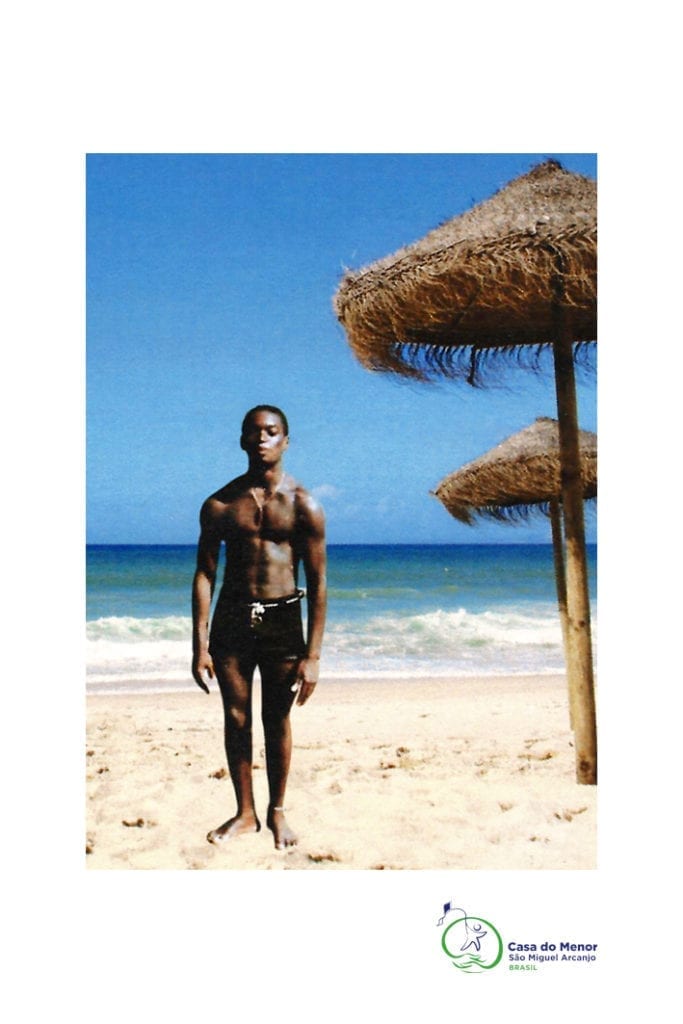
7th February
MARCADO PARA MORRER
A young man, on the list of those “marcados para morrer”, or to be killed, turns to Father Renato and asks him: “Father, nobody is doing anything. I don’t want to die”. This sentence made Renato reflect on the phrase in the Gospel “What you did to the least of these you do to me…”. (MT,25,40).
1983
7th January
THE DEATH OF PIRATE
A few months after meeting Renato, Pirata is assassinated by death squads in front of the parish house in Sao Miguel Arcanjo. Shortly afterwards, 36 other adolescents and young people were murdered in the same parish in the same month.
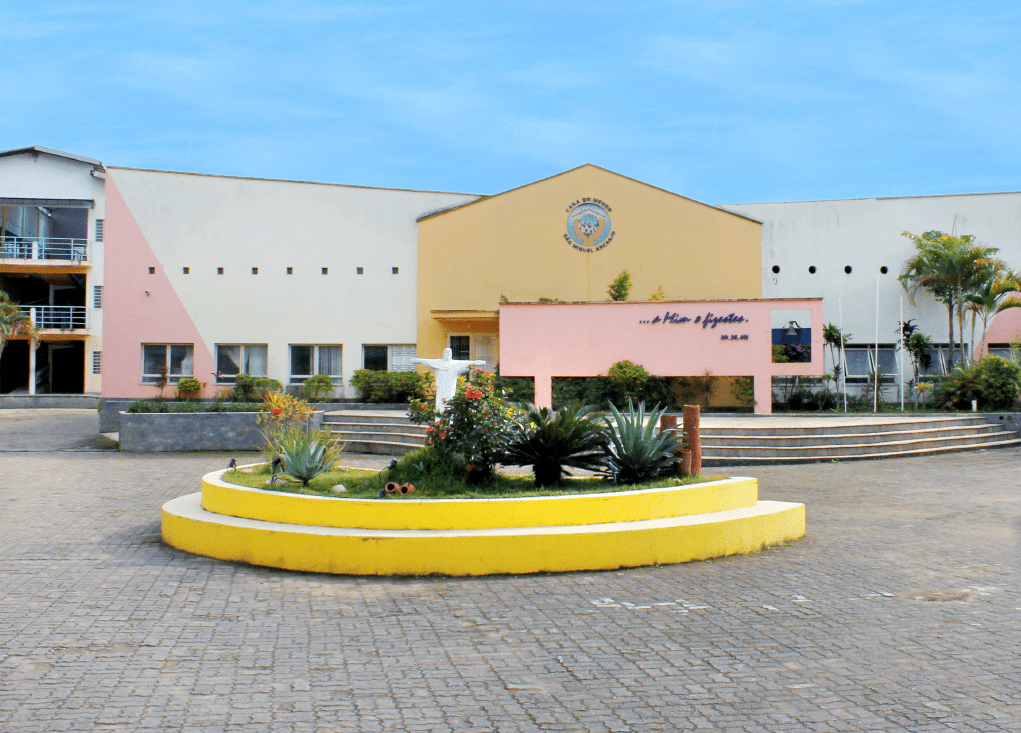
1986
12 October
casa do menor is born
In response to the cry for help from many children and young people, the Casa do Menor Sao Miguel Arcanjo was founded on 12 October 1986 on the outskirts of Rio de Janeiro, a name chosen by the children themselves who felt the lack of love and family.
1987
7 December
CASA DO MENOR EXPANDS
Thanks to the support of the Diocese of Nova Iguaçu and the young people of the community, Father Renato’s project is growing and extending to other locations in Brazil.
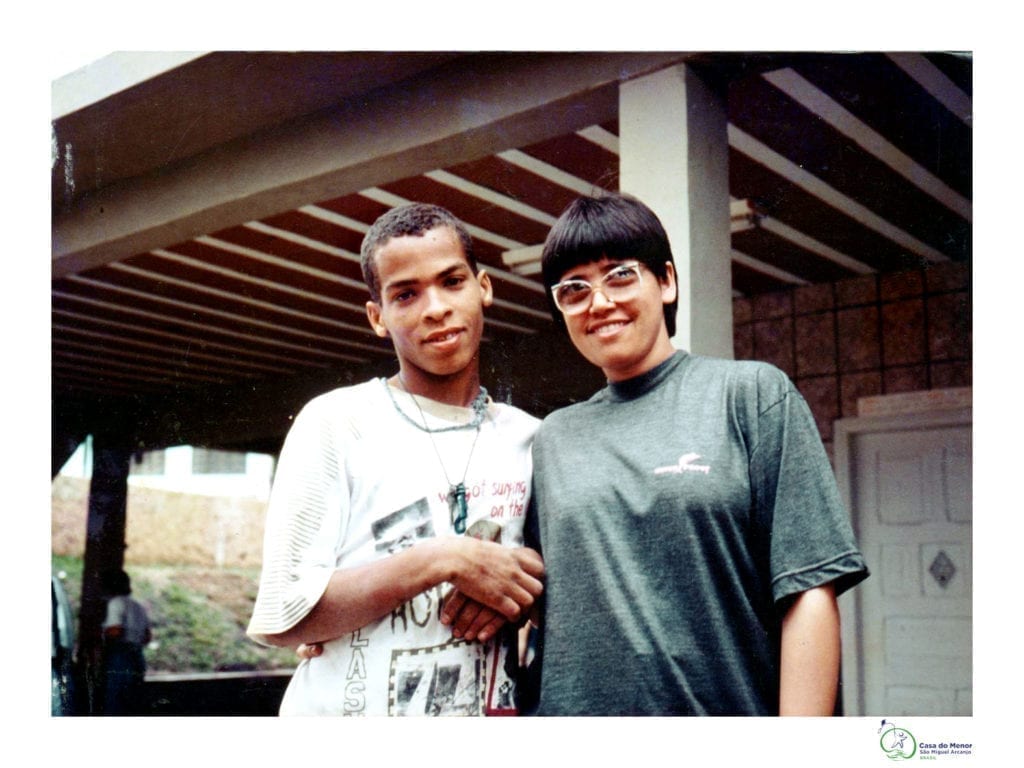

1992
7 January
THE FIRST PROFESSIONAL COURSES
With the help of a social father who was a blacksmith by profession, Casa do Menor organised the first vocational courses for young people and adolescents from the family and community homes.
1993
26 September
VILLA CLAUDIA
Day centre in the favela of Vila Claudia, where literacy activities, school reinforcement and professional courses in IT and civic participation are carried out, aimed at preventing children and young people from living on the streets and becoming involved in drug trafficking, which is very strong in this community.
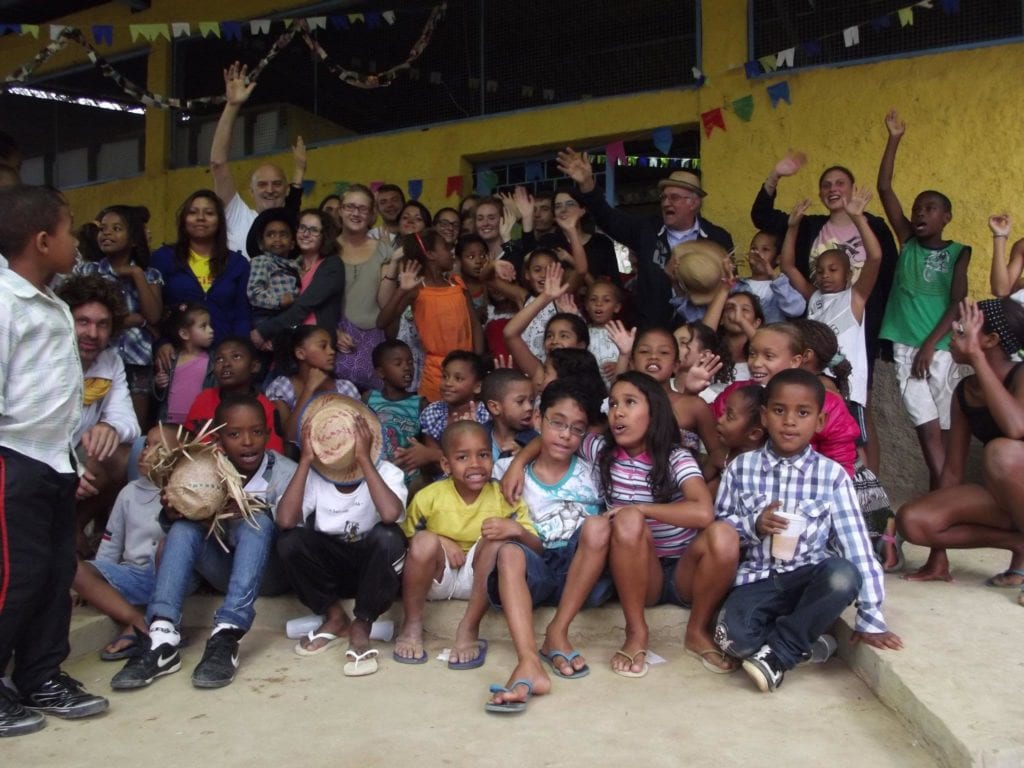
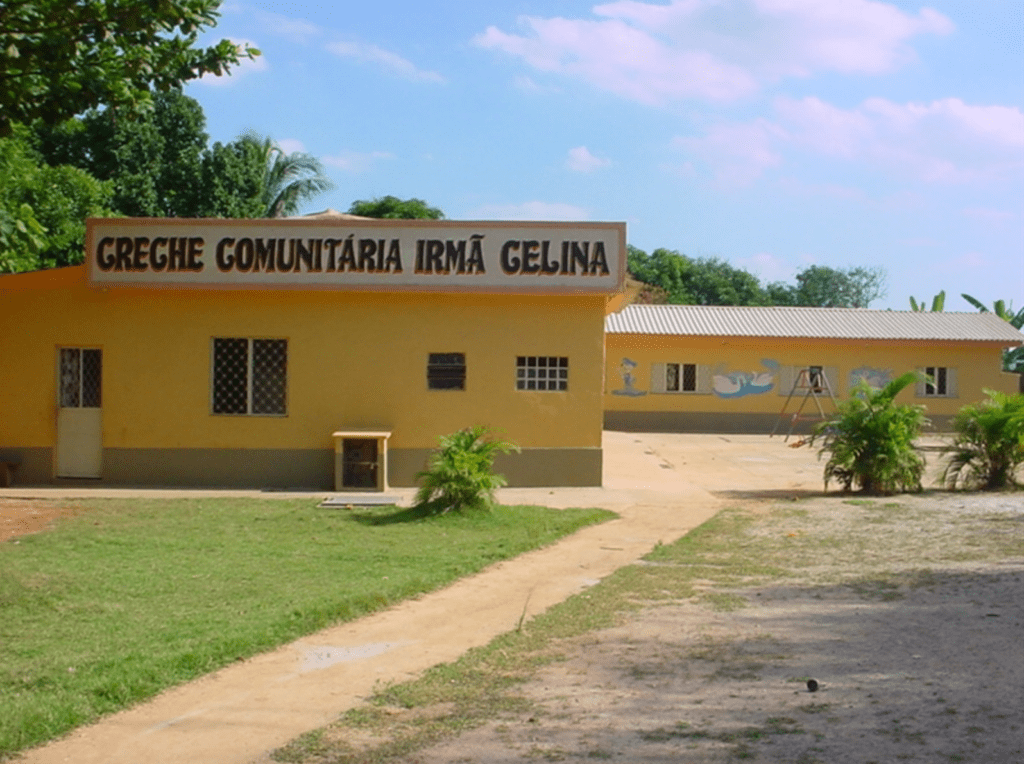
1998
15 JULY
IRMÃ CELINA PROJECT
A facility where children from a few months to 5-6 years of age are cared for during the day, to help parents look after their children properly and not leave them alone while they work. The children receive proper education and nutrition. The problems of malnutrition and neglect are among the major causes of social deviance in Brazil.
1999
7 April
CASA DO MENOR TINGUA
This unit is created to house the André family home, dedicated to the treatment of male drug addiction, and the Jesus Menino family home for the psycho-physically disabled.
Youth rehabilitation activities are carried out through horticulture, sports and participation in professional courses at the Miguel Couto centre.


2001
16 January
CASA DO MENOR FORTALEZA
Built in 2001, the Children’s Village includes five family houses, a vocational training centre, a play and sports centre, a ‘pousada’ for volunteers and a health clinic. It is part of the Condominium Espiritual Uirapuru (CEU), where 22 communities, born of old and new charisms, live together to respond to the city’s wide range of spiritual and social issues.
2006
4 January
ROSA DO VENTOS
Inaugurated in 2006, this structure houses a kindergarten for 75 children and is home to professional courses in computer science, computer assembly and mechanics, attended by around 180 young people a year. In the facility, professional operators carry out systematic psycho-pedagogic work with families to resolve the learning difficulties encountered.
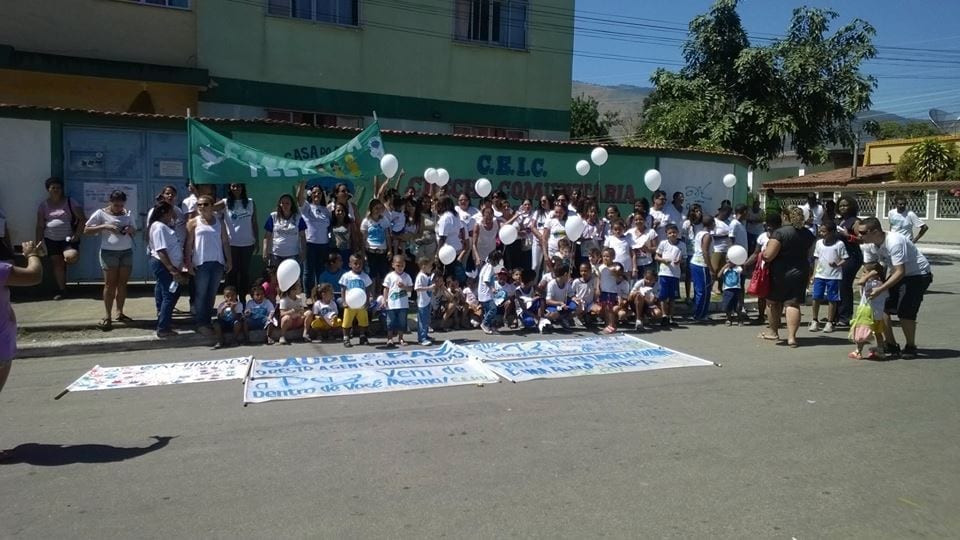
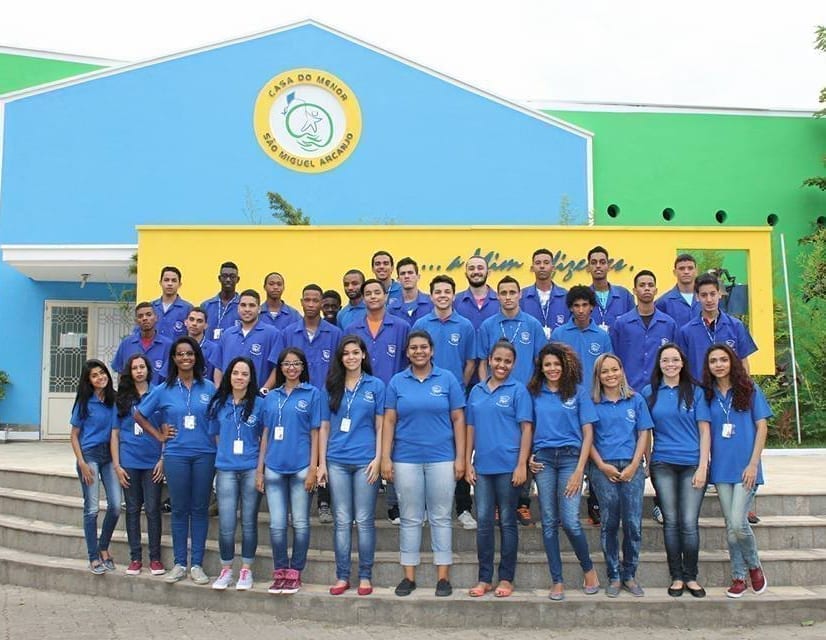
22 May
JOVEM APRENDIZ PROJECT KICKS OFF
1500 participants in the first year. Over 50,000 young people that Casa do Menor has helped to place in the world of work to date.
2008
23rd July
CASA DO MENOR SANTANA DE IPANEMA
Casa do Menor starts a prevention and education project among children and adolescents in the Sertão region of Alagoas, particularly in the city of Santana do Ipanema. This is a region of extreme poverty and misery, where family breakdown is the cause of frequent cases of domestic violence, also due to alcohol abuse. Casa do Menor’s intervention is therefore aimed at those children and adolescents who find themselves in a situation of social risk, candidates to become children “in” the street.

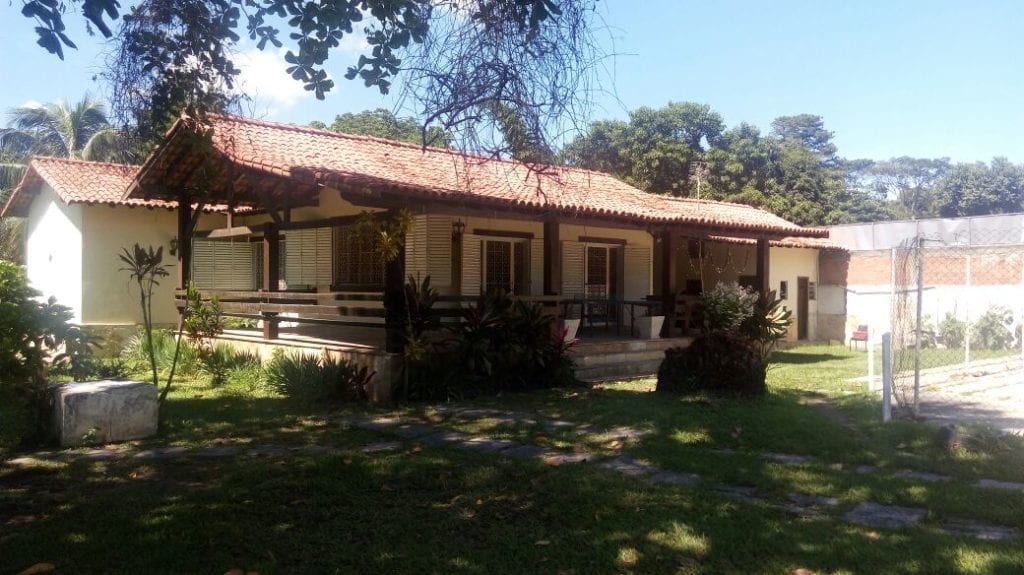
2013
13 January
GUARATIBA
Unit housing a family home dedicated to the treatment of drug addiction and the rehabilitation of adolescents from serious risk situations, involved in crime and victims of violence. Rehabilitation activities are carried out through sport and participation in professional courses at the Miguel Couto centre.
1978
16 June

arrival in Brazil
Father Renato Chiera arrived in Brazil, in the Baixada Fluminense. From the diocese of Mondovì, in Piedmont, he moved to Nova Iguaçu, on the outskirts of Rio de Janeiro, to work as a parish priest alongside a poor and marginalised people.
1982
1 November

the encounter with pirate
Father Renato finds hidden in his garage a teenager known as Pirate,
wounded and wanted by the police. He takes him into his home and helps him to integrate into the community.
1983
7 January
Pirata's death
A few months after meeting Renato, Pirata was assassinated by death squads in front of the parish house in Sao Miguel Arcanjo. Shortly afterwards, 36 other adolescents and young people were murdered in the same parish in the same month.
marcado para morrer
1986
12 October

casa do menor is born
In response to the cry for help from many children and young people, the Casa do Menor Sao Miguel Arcanjo was founded on 12 October 1986 on the outskirts of Rio de Janeiro, a name chosen by the children themselves who felt the lack of love and family.
1987
7 December

casa do menor expands
Thanks to the support of the diocese of Nova Iguaçu and the young people of the community, Father Renato’s project is growing and extending to other places in Brazil.
1992
7 January

the first professional courses
With the help of a social father who was a blacksmith by profession, Casa do Menor organised the first vocational courses for young people and adolescents from the family homes and the community.
1993
26 September

villa claudia
Day centre in the favela of Vila Claudia where literacy, school reinforcement and professional courses in IT and civic participation are carried out, aimed at preventing children and young people from living on the streets and becoming involved in drug trafficking, which is very strong in this community.
1998
15 July

IRMÃ CELINA PROJECT
A facility where children from a few months up to 5-6 years of age are cared for during the day to help parents look after their children properly and not leave them alone while they work. The children receive proper education and nutrition. The problems of malnutrition and neglect are among the major causes of social deviance in Brazil.
1999
7 April

casa do menor tingua
This unit was created to house the André family home, dedicated to treating male drug addiction, and the Jesus Menino family home for the psycho-physically disabled.
Youth rehabilitation activities are carried out through horticulture, sports and participation in professional courses at the Miguel Couto centre.
2001
16 January

casa do menor fortaleza
Built in 2001, the Children’s Village includes five family homes, a vocational training centre, a play and sports centre, a ‘pousada’ for volunteers and a health clinic. It is part of the Condominium Espiritual Uirapuru (CEU), where 22 communities, born of old and new charisms, live together to provide an answer to the most varied spiritual and social issues of the city.
2006
4 January

rosa do ventos
Inaugurated in 2006, this structure houses a kindergarten for 75 children and is home to vocational courses in IT, computer assembly and mechanics attended by approximately 180 young people per year. In the structure, professional operators carry out systematic psycho-pedagogic work with families to resolve the learning difficulties encountered.

the start of the jovem aprendiz project
1500 participants in the first year. Over 50,000 young people have so far been helped into work by Casa do Menor.
2008
23 July

casa do menor sabtana de ipanema
Casa do Menor starts a prevention and education project among children and adolescents in the Sertão region of Alagoas, particularly in the city of Santana do Ipanema. This is a region of extreme poverty and misery, where family destructuring is the cause of frequent cases of domestic violence, also due to alcohol abuse. Casa do Menor’s intervention is therefore aimed at those children and adolescents who find themselves in a situation of social risk, candidates to become children “in” the street.
2013
13 January

guaratiba
Unit housing a family home dedicated to the treatment of drug addiction and the rehabilitation of adolescents from serious risk situations, involved in crime and victims of violence. Rehabilitation activities are carried out through sport and participation in professional courses at the Miguel Couto centre.

